The Central Valley never really sits still. Every season brings a new kind of magic, and honestly, I’ve come to love them all for different reasons.
Spring from March to May explodes with color—millions of almond, peach, and citrus trees burst into wild pink and white blooms. By summer, you get the sweet chaos of harvest. Autumn? It’s all golden light, the kind of stuff photographers chase for years.
I’ve wandered these backroads and orchards for ages, and timing matters more than you’d think. The Blossom Trail, winding 62 miles near Fresno, acts like a living calendar for locals. February’s almond blossoms kick things off, and by November, the valley’s deep into harvest festivals. You can really feel the rhythm of the land here.
Let me walk you through the best moments to catch these natural shows, plus the events that locals actually get excited about. Whether you’re after that perfect blossom shot or just want to take the family out for some fresh fruit, knowing when to go changes everything.
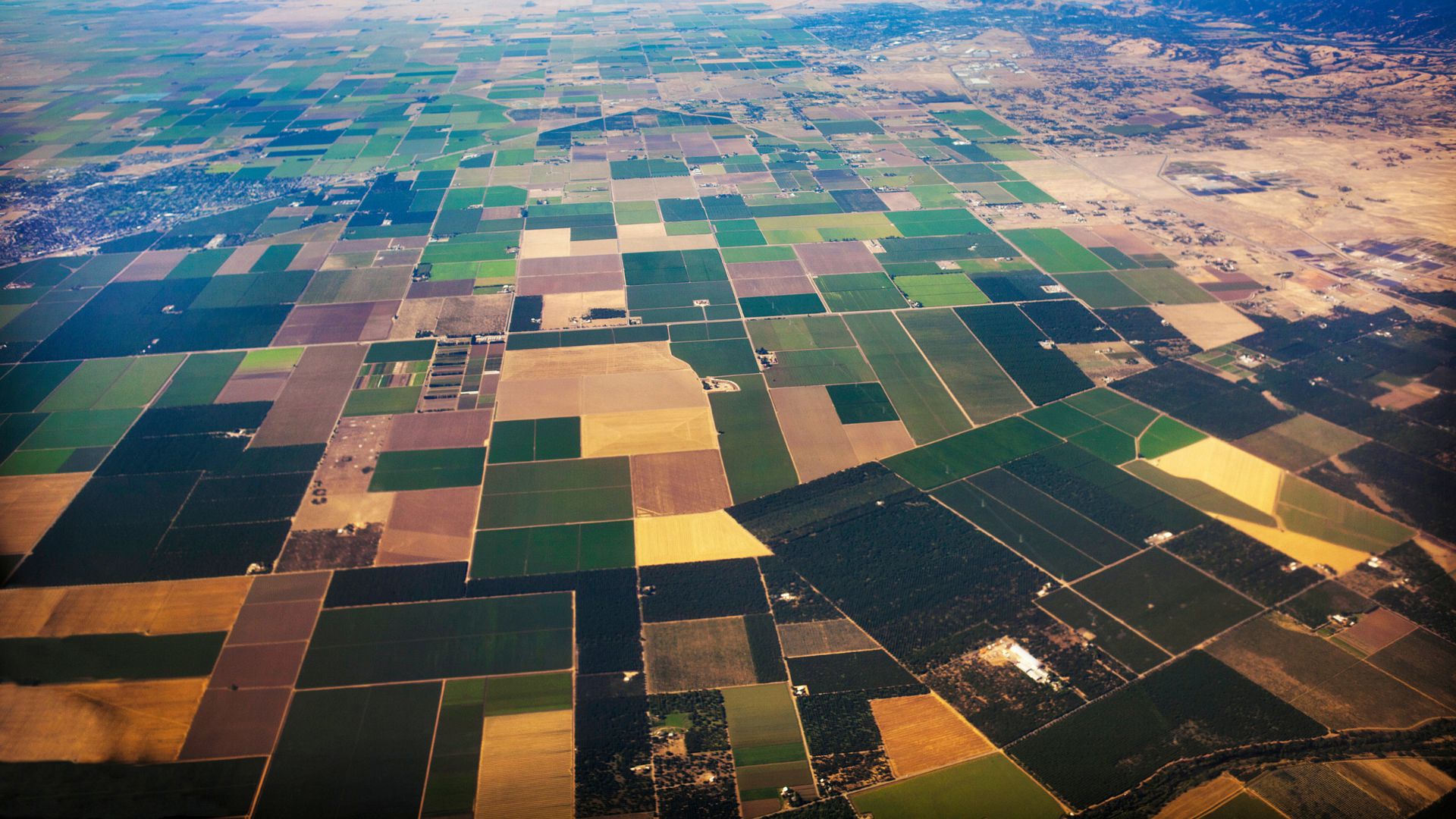
Spring Blossoms: The Central Valley in Full Bloom
From February through April, the Central Valley turns into California’s grandest flower show. Almond and fruit trees stretch for miles, covered in pink and white blossoms. Wildflowers, when they feel like it, blanket the hills in every color you can imagine.
Fresno Blossom Trail: A Floral Spectacle
The Fresno Blossom Trail is a 62-mile loop that winds through some of the most jaw-dropping orchards in the state. You’ll pass by 1.5 million acres of blooming trees—seriously, it’s a lot.
Peak bloom times:
- Mid-February to mid-March: Almond blossoms
- Late February to early March: Peach and nectarine trees
- March: Plum and apple trees
If you’re coming from the north, hop off Highway 99 at Jensen. From the south, exit at Kingsburg.
Those pink blossoms? They’re peaches and nectarines. The white flowers belong to almonds, plums, and apples. Even the orange groves get in on the act, filling the air with their sweet scent.
You’ll find plenty of places to pull over for photos. I love packing a picnic and stopping near the Kings River by Minkler. Give yourself a few hours—you’ll want to linger.
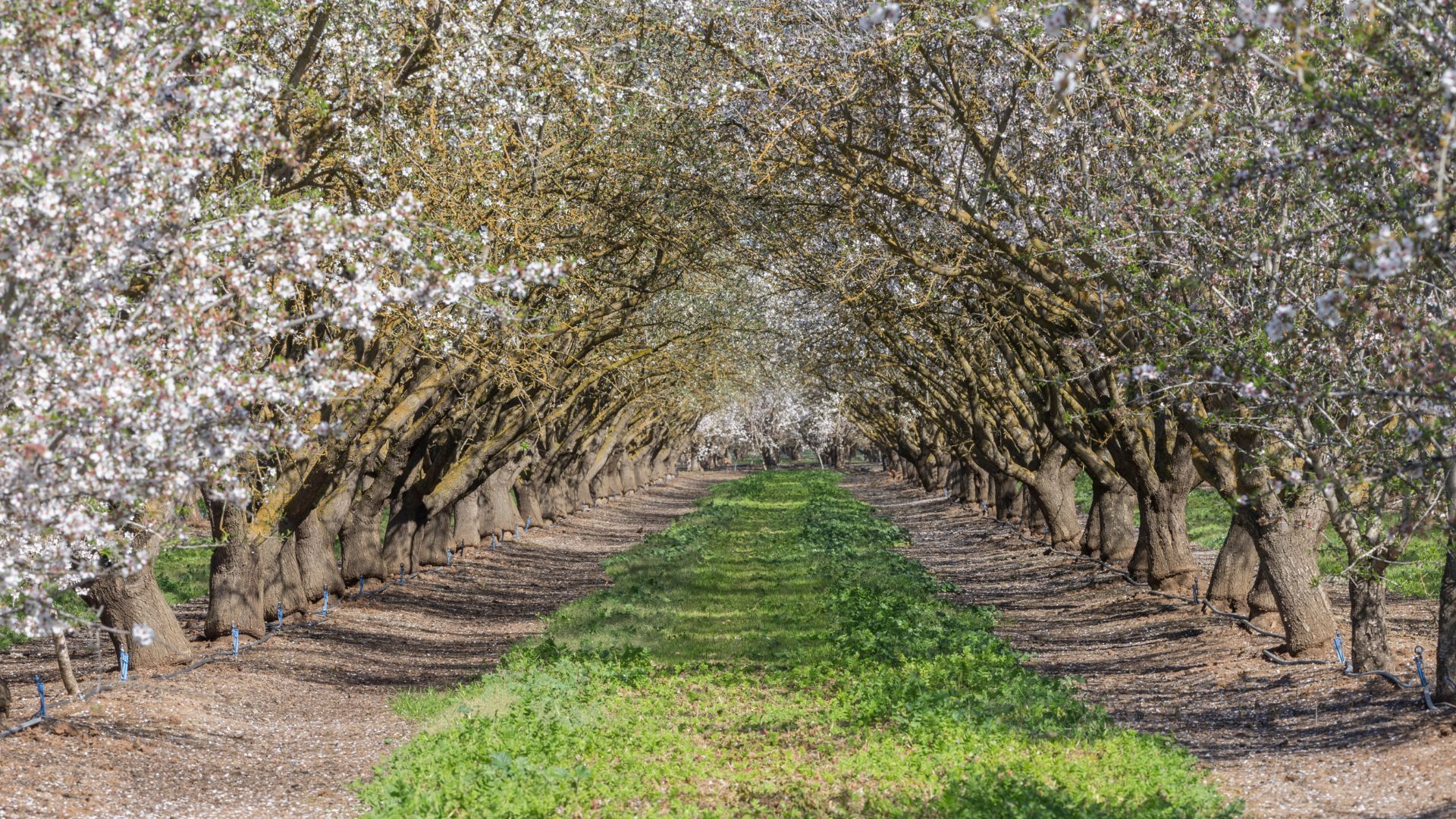
Orchards Awakening: Fruit and Nut Tree Blooms
California’s Central Valley grows two-thirds of America’s fruit and nuts. These working orchards put on the best spring displays.
Almond orchards absolutely dominate—over 1.5 million acres of white and pink blossoms. Modesto, in particular, has some of the densest almond groves anywhere.
Fruit tree bloom colors:
- Peach: Deep pink
- Nectarine: Bright pink
- Plum: White to pale pink
- Apple: White with a hint of pink
Winter rain and temperature set the schedule. Warm years mean earlier blooms; cold springs stretch things out.
When the petals finally drop, they blanket the ground like snow. It’s a strange and beautiful sight, and it signals the shift from flowers to fruit.
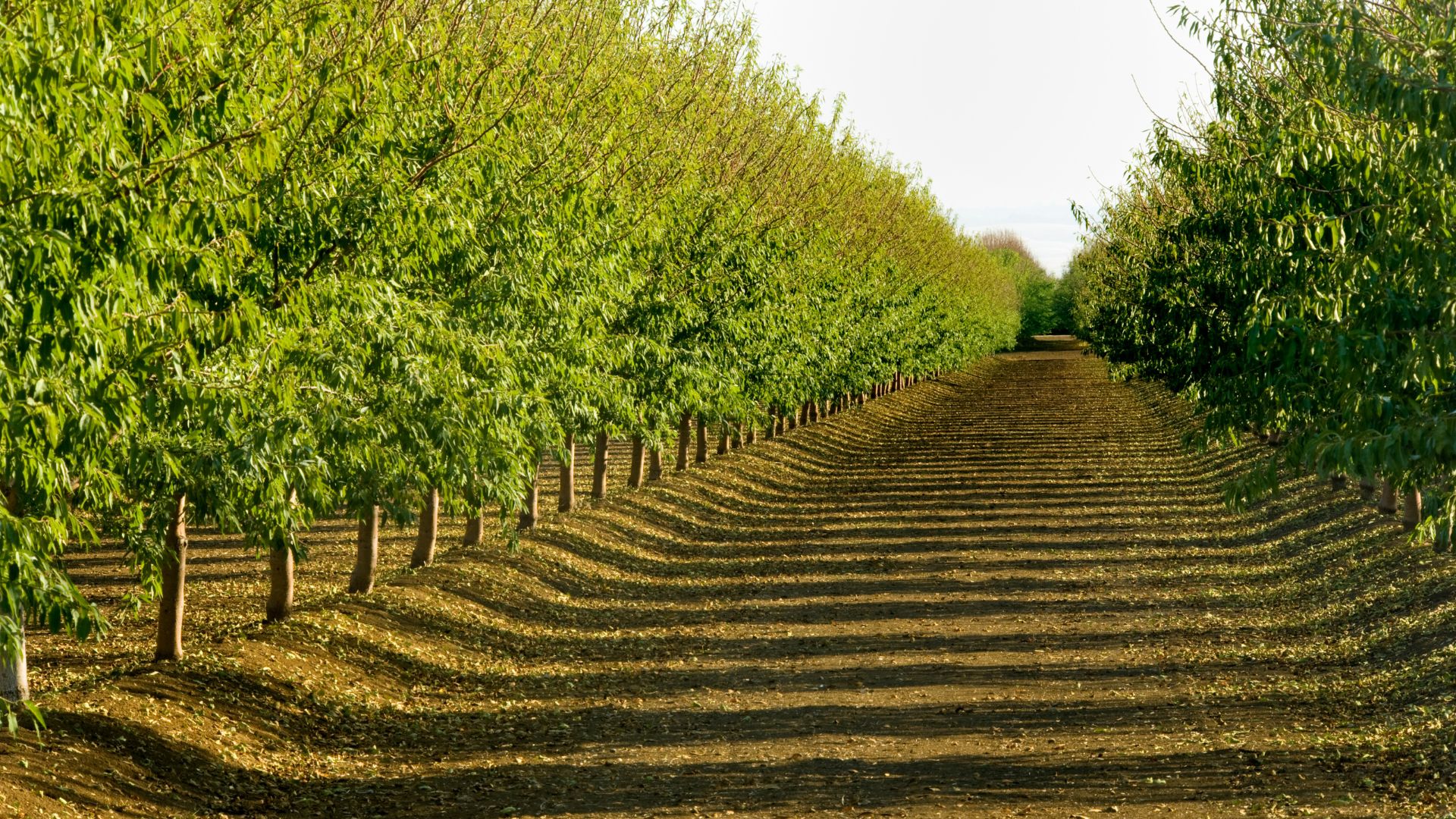
Wildflower Displays: From California Poppies to Phacelia
After a good, wet winter, the Central Valley’s hills explode with wildflowers. Rain is the secret—no rain, no show.
California poppies steal the spotlight. Their orange petals cover hillsides from March to May, opening only when the sun’s out.
Phacelia pops up in purple-blue clusters, usually hanging out with the poppies. Together, they paint the hills in wild, clashing colors.
Other wildflowers to spot:
- Lupine: Purple spikes
- Goldfields: Little yellow daisies
- Owl’s clover: Pinkish-purple
- Paintbrush: Red-orange tufts
Dry Creek Drive near Woodlake is a favorite spot of mine for wildflower hunting. April’s usually peak time if the winter’s been generous with rain.
Garden Favorites: Tulips and Daffodils in the Valley
Sure, the Central Valley is all about crops, but you’ll find plenty of parks and gardens showing off spring bulbs. They’re a safe bet when wildflowers don’t cooperate.
Tulips show up early here—late February through March. The climate lets them bloom ahead of colder parts of the state. Darwin hybrids and triumph tulips are everywhere.
Daffodils are even earlier. They start in January and keep going through March. These bulbs thrive in the valley’s mild winters.
Where to see garden displays:
- Fresno city parks
- Modesto’s Graceada Park
- Stockton’s Victory Park
- Historic neighborhoods with lush front yards
Walk around any older neighborhood and you’ll find yards bursting with color. The winters here are just mild enough for bulbs to really dig in.
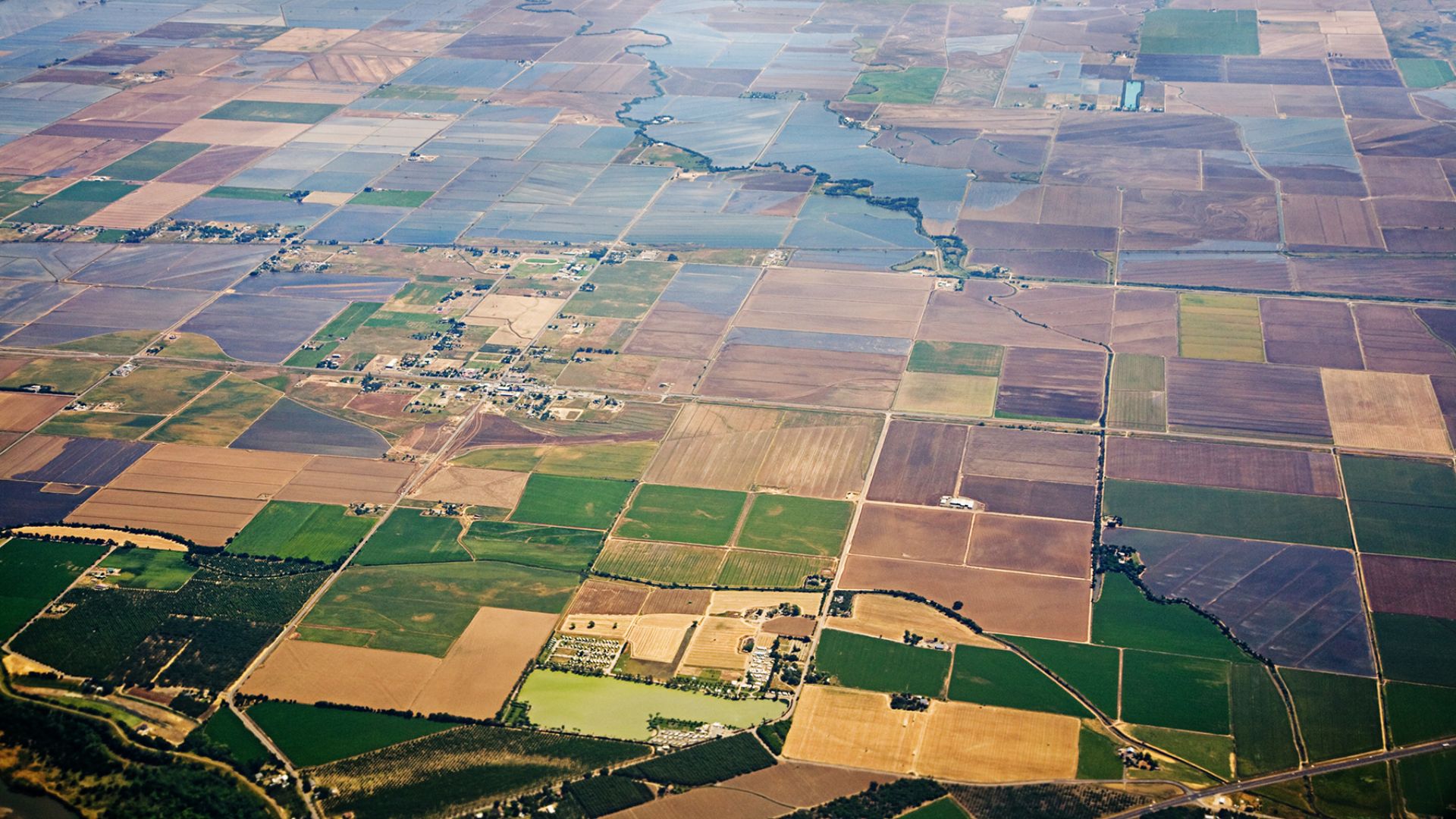
Summer Harvests: Taste the Bounty of the Central Valley
By summer, the Central Valley hits its stride. Stone fruits ripen, and farm stands overflow with fresh produce. The heat works magic on nectarines, plums, and apples.
Nectarines, Plums, and Apples: Peak Fruit Seasons
Stone fruit season stretches from June to September. I always look forward to mid-July—nectarines are at their sweetest then.
Peak Harvest Times:
- Nectarines: July-August
- Plums: June-September
- Apples: August-October
The San Joaquin Valley grows nectarines that’ll ruin you for supermarket fruit. Hot days and cool nights mean bold flavors.
Plums start early, with Santa Rosa varieties in June. Late-season types linger into September.
Apple orchards get busy around late August. Local varieties stay crisp and tasty well into winter.

Farm Stands and U-Pick Orchards
Summer mornings are made for farm stands. I always go early—produce is fresher, and you beat the heat.
Many orchards let you pick your own fruit. There’s something satisfying about wandering the rows and finding the perfect peach or plum.
How to pick the best fruit:
- Gently press—ripe fruit should give a little
- Look for rich color, not green
- Sniff for a sweet scent at the stem
Farm stands usually offer pies, jams, and dried fruits, too. Bring cash and a cooler if you can. The summer sun is no joke.
Vegetable Harvests: Kale and Beyond
Summer veggies thrive in the Central Valley’s rich soil. Greens and roots taste better here, somehow.
Kale, especially, handles the heat. Summer varieties are sweeter than you’d expect.
What’s in season:
- Kale (all kinds)
- Tomatoes (peak flavor)
- Peppers
- Eggplant
- Summer squash
Farmers markets, held twice a week in most towns, are the best place to grab veggies. Local growers bring in what they picked that very morning.
I love subscribing to a CSA box during summer. Each week’s a surprise haul of whatever’s coming ripe.
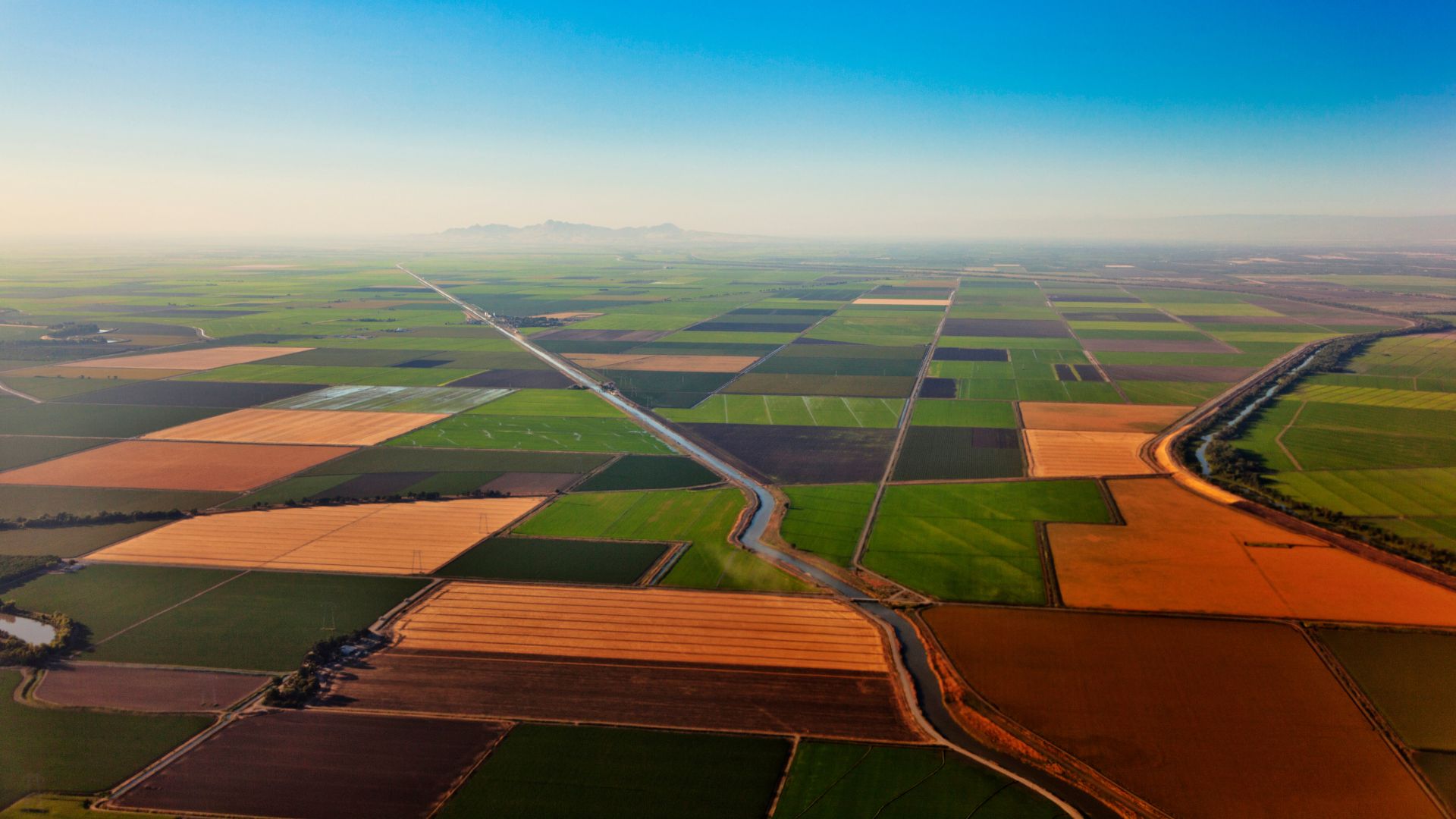
Autumn Sunsets: Golden Evenings and Seasonal Views
When fall rolls in, the Central Valley turns into a dreamscape for photographers. Harvest dust and crisp, clean air make sunsets pop with unreal colors—deep oranges, pinks, and reds.
Harvest Landscapes and Changing Colors
Autumn brings wild color shifts across the fields. Orchards fade from green to gold, and the light gets softer, richer.
Apple orchards look especially striking in October. Red fruit hangs against yellowing leaves, creating layers of color that glow in the setting sun.
Best times for harvest backdrops:
- Late September: Almond trees go golden
- Early October: Apple orchards peak
- Mid-October: Persimmons light up with orange fruit
Shorter days mean earlier sunsets, so there’s more time to explore before dark. I can hop from orchard to orchard, chasing that perfect golden hour.
Harvest dust in the air gives sunsets extra texture. You’ll see deeper oranges and reds thanks to all that light scattering.
Best Spots for Sunset Photography
I always look for a little elevation and a clear view west. The best shots come when you can frame the sky and the patchwork of fields below.
Highway 152 between Los Banos and Gilroy has great pull-offs. The hills rise above the orchards, and you get sweeping views.
Pacheco Pass sits even higher. The rows of orchards stretch to the horizon, and the farmland lines draw your eye straight to the sunset.
County roads near Modesto run right through apple and almond country. During harvest, you can catch workers and equipment bathed in golden light—really tells the story of the valley.
Pro tip: Arrive about half an hour before sunset. That way you can set up and catch the changing colors as the sun drops.
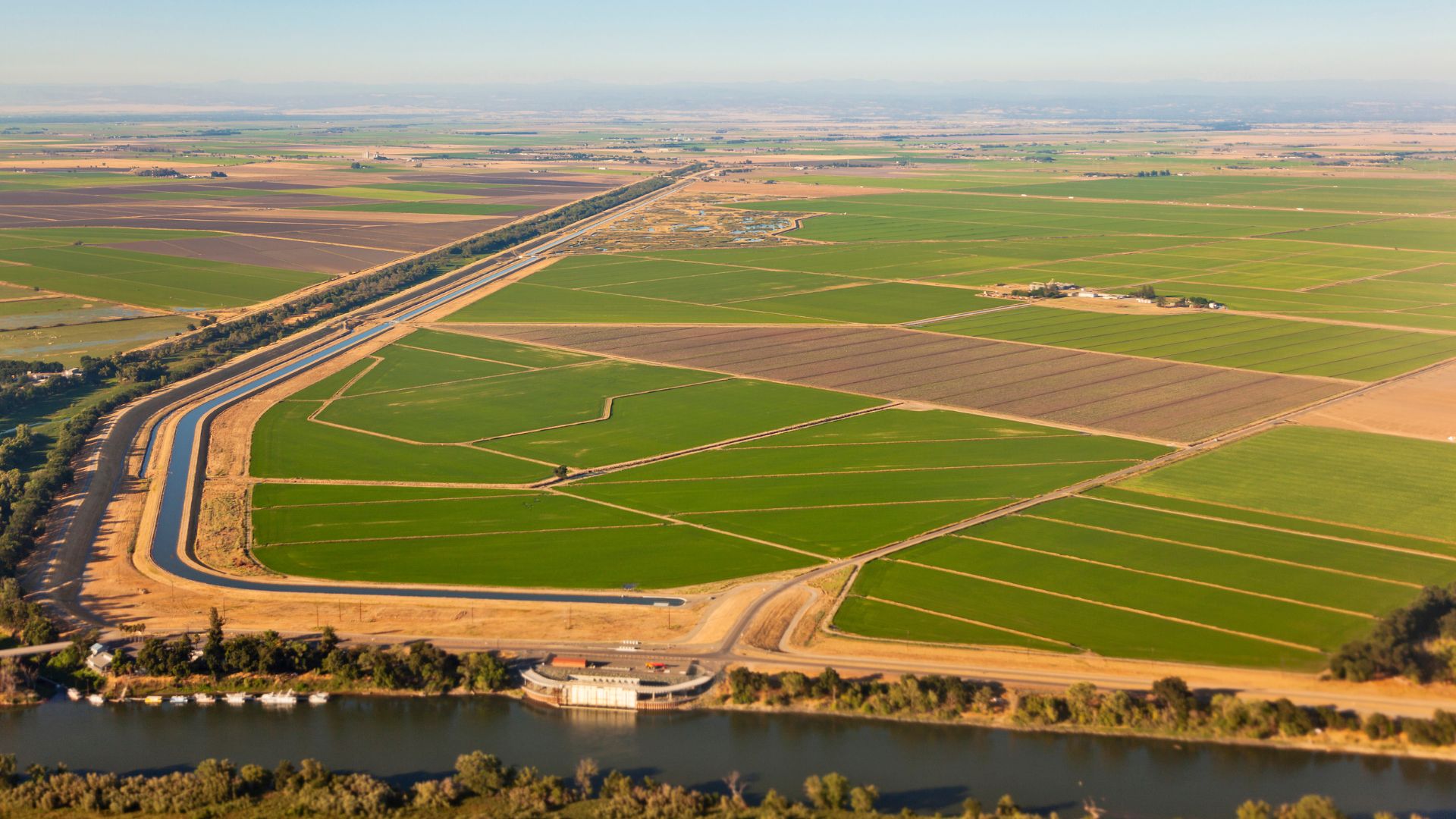
Seasonal Events and Festivals in the Central Valley
The Central Valley knows how to celebrate its seasons. From spring almond festivals to lively summer fairs and cozy autumn gatherings, there’s always something happening that ties back to the land.
Spring Blossom Celebrations
Spring is pure magic here. The Capay Valley Almond Festival kicks things off in February, right as the orchards start blooming.
March brings the Chowchilla Stampede and Cattle Drive and the Knights Ferry Civil War Reenactment in Oakdale. The timing is perfect—fruit trees are usually in full bloom.
April’s Oakdale Rodeo lands during the second weekend, just as the orchards are still showing off their colors.
Festivals during blossom season feel extra special. You get the energy of the crowd plus endless rows of blooming trees. Most events celebrate the valley’s deep agricultural roots.

Summer Harvest Festivals
Summer’s festival season is wild and busy. The Merced County Fair runs for five days and highlights everything from agriculture to local art.
Explore the Sunflowers events pop up around Yolo County in June and July, right at peak harvest.
Farmers markets become big social hubs. The Davis Farmers Market goes Saturdays and Wednesdays in May, while the Oakdale Morning Market runs Saturdays from May to September.
Summer festivals are all about fresh food and celebrating the harvest. Apple orchards host u-pick events, and nectarine and plum farms open for tours. Expect live music, food trucks, and plenty of local color.
Autumn Community Gatherings
Autumn slows things down a bit, but the gatherings feel warmer, more personal. Woodland’s Dinner on Main in September marks the end of harvest.
Wineries throw grape harvest parties, and apple orchards keep the picking season going into early fall.
Communities host smaller, laid-back events—think local food, live bands, and activities for families. Cooler weather makes these outdoor parties way more comfortable.
Tips for Experiencing the Valley’s Natural Spectacle
Want to see the Central Valley at its best? Plan ahead, respect the land, and learn a bit about the bloom and harvest cycles. A little strategy goes a long way, and you’ll come away with memories you’ll want to relive.
Timing Your Visit for Maximum Blooms and Harvests
If you want to see the Central Valley at its best, plan your trips around the bloom and harvest windows. Trust me, nothing beats wandering beneath the white canopies of almond orchards from mid-February through March. Thousands of acres burst into bloom, and it honestly feels magical.
Then there’s the California poppy season, which usually stretches from March to May. I’ve noticed the brightest poppy displays pop up after wet winters—something about the soil just makes them explode with color in April. It’s worth timing your visit for that.
After the almonds, cherry and apple orchards take the spotlight. Their blooms usually peak in late March or early April. If you’re chasing pretty photos, citrus groves look especially gorgeous during harvest, which runs from November through April, though they’re interesting all year.
Here’s a quick cheat sheet I use for timing:
| Season | Best Features | Peak Months |
|---|---|---|
| Spring | Almond blossoms, poppies | February-May |
| Summer | Sunflower fields, stone fruit | June-August |
| Fall | Persimmon trees, grape vines | September-November |
Weather can totally change the schedule. I always check local ag reports and weather forecasts before I head out, since a sudden warm spell or cold snap can push everything forward or back by weeks.
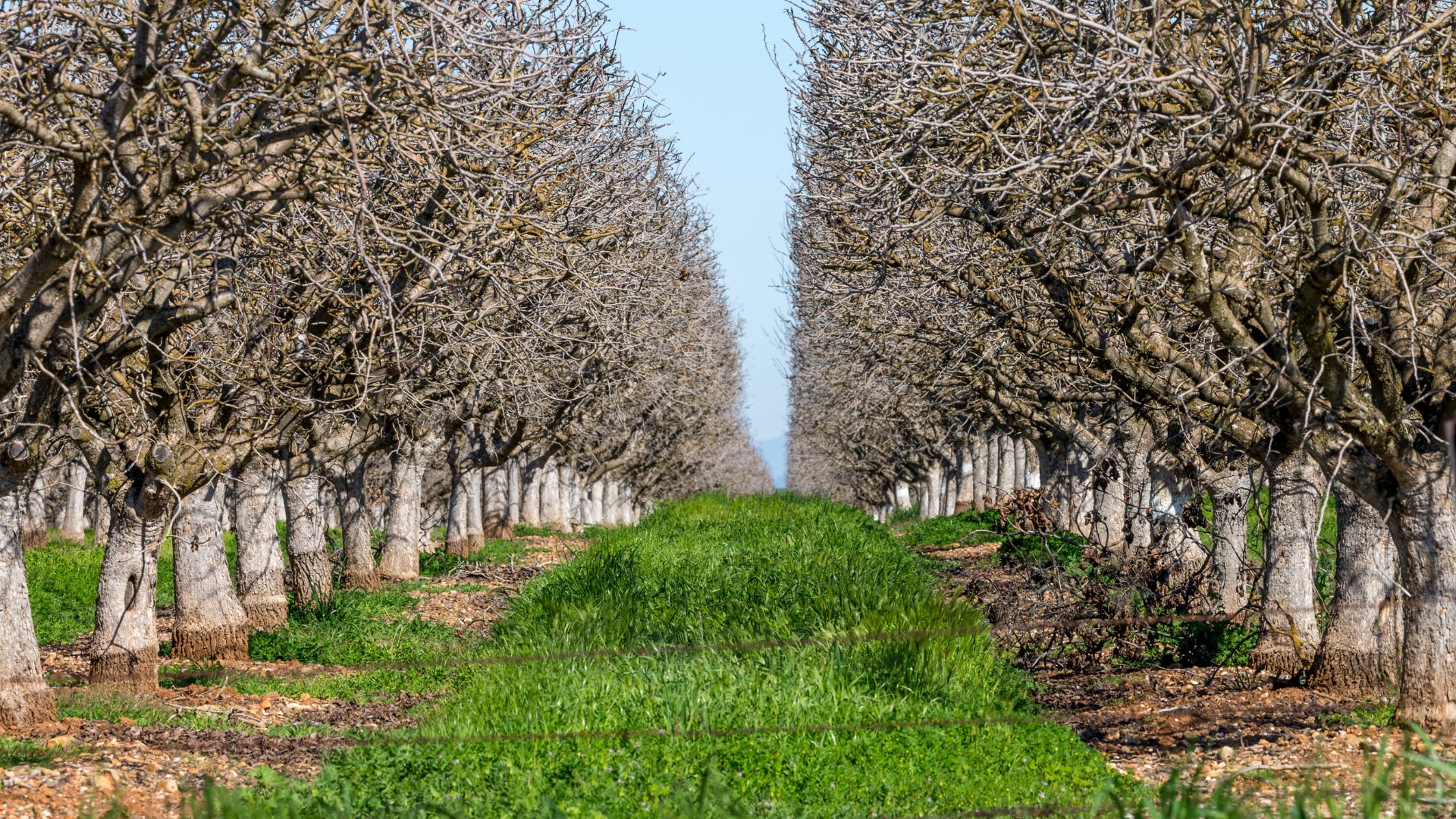
Responsible Viewing and Photography
Whenever I’m out photographing orchards or wildflower fields, I make sure to respect private property lines. Most of the jaw-dropping displays are actually on working farms, and there’s always equipment moving around or crops that need protecting.
Don’t wander into orchards without permission—seriously. I usually call the farm office or book through agricultural tour companies that already have arrangements with the growers.
When it comes to poppies and wildflowers, I stick to the trails and avoid stepping on the plants. It’s tempting to get closer, but trampling the blooms ruins them for everyone and can mess up next year’s growth.
A telephoto lens lets me capture those close-up shots without risking any damage. I also prefer shooting early in the morning or late afternoon—not just for the dreamy light, but because it’s quieter and less likely to get in the way of farm work.
I always follow leave no trace principles. Whatever I bring in, I take out, and I never pick flowers or fruit, even if it looks like nobody’s watching. It’s just the right thing to do.
Connecting with Local Farms and Growers
Getting to know local growers really opens up a whole new world in the valley. You’ll find all sorts of unique experiences and get a peek behind the curtain of the region’s agricultural magic.
I usually kick things off at farmers markets. Honestly, growers there are usually pretty eager to chat about their work.
During peak seasons, a lot of farms roll out agritourism experiences. I’ve booked orchard tours, joined harvest participation, and sat down for farm-to-table dinners that bring you right into the action.
U-pick farms are a personal favorite. There’s something special about picking cherries or strawberries right off the branch, and you know you’re supporting local agriculture at the same time.
If you want to stay in the loop, following local farms and ag organizations on social media is a great move. You’ll catch last-minute event announcements and real-time updates on what’s blooming or ready for harvest.
County agricultural departments keep updated lists of farms that welcome visitors. I’ve called these offices more than once to get the scoop on current tours or what’s coming up next.

